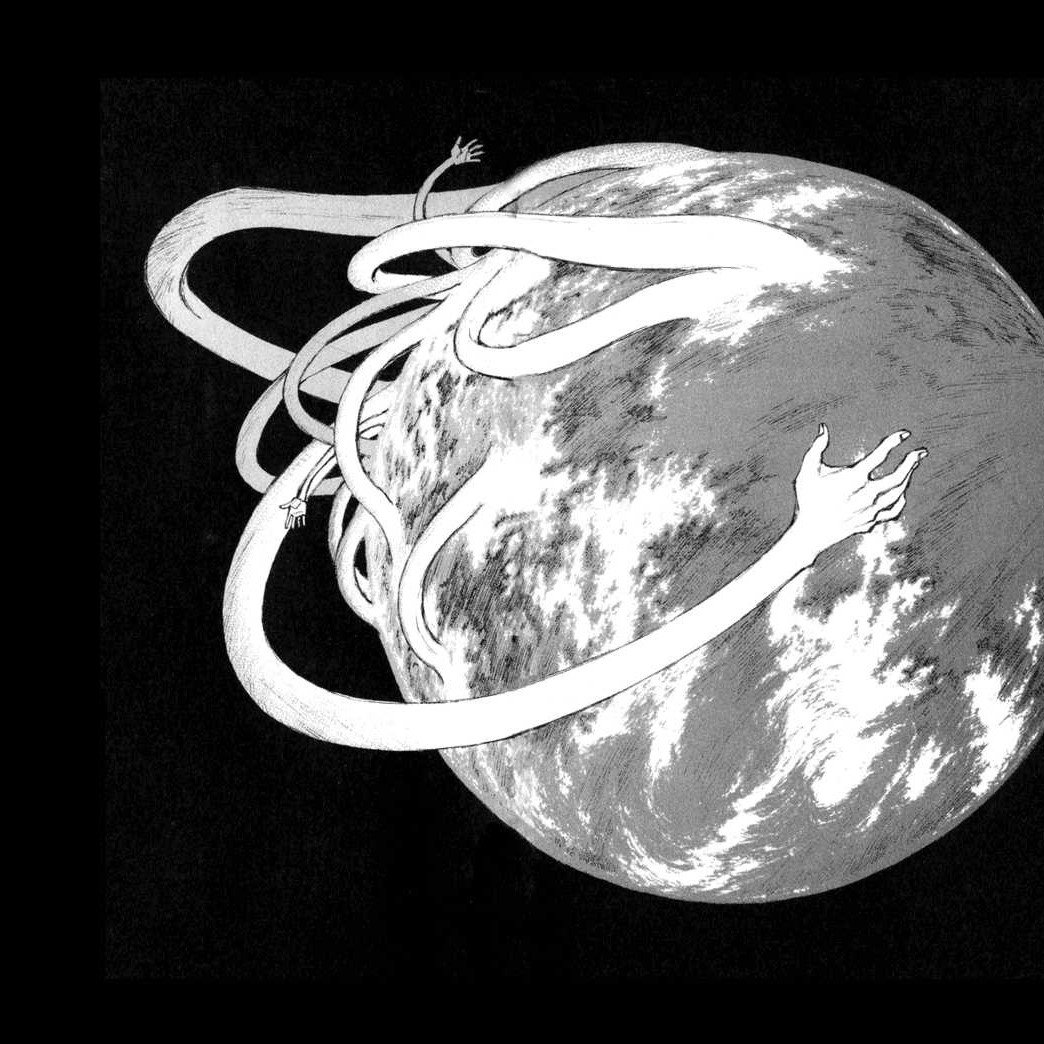Andrew Jackson reflects on creating the Manhattan Project’s Trinity Test, for which he says no CG was involved.
I don’t get why people fetishize practical effects and the absence of CGI. The issue is always when VFX is shoddy and obvious, but there are tons of invisible CGI in modern movies, and it’s often banal stuff like blood or cars in the background.
CGI is its own form of artistry and creating great CGI is absolutely a craft.
Practical effects age better. Compare The TRex in Jurassic Park vs any of the effects George Lucas added to Star Wars. Even with 5 more years of computer advancement the TRex looks great today and the special editions look like bantha dung.
The CGI that removed cars in the background will still have removed cars in the background and you wouldn’t have noticed.
That’s true. I was speaking more to additive CGI.
Removal is additive.
They have to add stuff to where the cars are. If they only removed the car there would be a blank spot where the car was.
You won’t believe how much is invisibly added digitally in seemingly simple movies these days.
Now I feel lied to even more by hollywood.
Jurassic Park’s T-Rex also used CGI. This video explains a little. https://www.youtube.com/watch?v=l4UuQxjFpfU Good CGI is wonderful as are good practical effects. A great team working together from the start so results look believable is key. Bad CGI often comes from not preparing scenes ahead of time to include it.
Here is an alternative Piped link(s): https://piped.video/watch?v=l4UuQxjFpfU
Piped is a privacy-respecting open-source alternative frontend to YouTube.
I’m open-source, check me out at GitHub.
Indeed compare the original Star Wars 3 films compared to episodes 1, 2, 3.
The practical effects are much more seamless
Because bad practical effects still tend to look better than bad CGI. At the very least, you can laugh at the funny costumes.
In general I agree with your point, but CGI blood is almost never invisible and generally looks like shit. Almost as bad as CGI fire.
Huge agree. Biggest mistake Clive Barker made in Midnight Meat Train was allowing the use of all that stupid looking cgi blood.
(and yes I’m aware that he was just a producer. As if they don’t get a say.)
Only one that did this right was 300. Added to the mythology.
Counterpoint:
The Thing (1982) vs The Thing (2011)Go on
I don’t get why people fetishize practical effects and the absence of CGI.
Have you seen the Thing? or the early works of David Cronenberg? What about the movie Society?
Practical effects are an artwork and can look incredible.
CG is also an artwork but it has a very different look to it because it’s a completely different medium.
When it comes to invisible VFX I always think of this video. Fincher is a practical guy but who uses VFX in way most people don’t even realise
Here I expected this video: https://youtu.be/QChWIFi8fOY?si=umDKch8nJEBGcbj8
Here is an alternative Piped link(s): https://piped.video/QChWIFi8fOY?si=umDKch8nJEBGcbj8
Piped is a privacy-respecting open-source alternative frontend to YouTube.
I’m open-source, check me out at GitHub.
Here is an alternative Piped link(s): https://piped.video/watch?v=Di4Byf1EzRE
Piped is a privacy-respecting open-source alternative frontend to YouTube.
I’m open-source, check me out at GitHub.
I don’t fetishize them and I don’t have animosity against people who use CGI responsibly.
My problems come with a sacrifice of art and a sacrifice of the workers.
Let’s start with the workers. Technical jobs in filmmaking have always been kind of shitty, working long hours and usually not getting a whole lot of credit with very little job security. And you don’t have to go back that far to see a lot of techs getting themselves hurt because there weren’t as good of safety standards for them. So it’s not like it’s a new thing. But a lot of studios have been treating CG as a miracle cure ever since it was first used, and it’s created a real problem for the people actually making these movies. A lot of the CG is rushed and its creators underpaid for the work being asked of them. And this leads into the point about art because while CG can look great or it can look shit, when you rush it, the chances of it looking terrible are far greater. That’s true for practical effects as well, yes, but people seem to accept that practical effects will take time while they’re pushing CG studios to produce faster and faster with ever-worsening results.
But then let’s really talk about the art of it. There’s a lot of art that going into CG, and I think that’s wonderful. There are things it can do that almost nothing else can. It has been used to great effect for decades now! CG isn’t an inherently bad thing. But there are also things it doesn’t do as well. And one of the problems I have with CG-heavy films isn’t really that they use CG but that they use it when it isn’t the best tool for the job. Or they rush it or cheap out on it as talked about in the previous paragraph. There are different types of directors and some prefer tightly controlled sets while others let things come up naturally and then find ways to incorporate that. Practical effects, they’re never fully controllable. They’re not made in a sterile environment. They create a little unpredictability. They make a little chaos. And that chaos can bring a lot of personality to things. It’s usually really small, but it’s there. The best CG also has personality, sure, and I’m not certain how to describe it, but it’s different. Because in CG, every frame is hand-crafted like you’re doing animation. And I love animation, but if you’re doing something in live action anyway, I feel you should lean in to your medium and use its strengths. And one of the strengths of live-action is that there are things, physical things, and if you take all that away, I mean, come on. My feeling on a lot of the films that are basically done entirely on digital sets and almost entirely CG except for maybe an actor’s face here and there, and sometimes not even then, it’s, why not just stop living the lie and make it fully animated?
So, yeah, summary, for me, I don’t like the culture around CG at the moment which has become notoriously harsh, and I miss the personality that practical effects bring to some things as well as disliking the feeling of hegemony in a lot of films when it comes to their effects. It’s not an inherent dislike of CG, it’s disliking how it’s being misused.
This is the best summary I could come up with:
There’s a sizable amount of largely “invisible” visual effects work in Christopher Nolan’s Oppenheimer, but more than a month after its release, that’s still not obvious to everyone.
“Some people have picked that up and taken it to mean that there’s no visual effects, which is clearly not true,” Oppenheimer‘s Oscar-winning VFX supervisor Andrew Jackson tells The Hollywood Reporter.
One VFX moment is the scene recreating the Trinity Test during in which scientists, led by J. Robert Oppenheimer (Cillian Murphy, detonated the first atomic bomb in New Mexico on July 16, 1945.
In other words, the team at Nolan’s go-to VFX company DNEG took filmed images — such as smoke and explosions — and used a computer program to layer them together to create the shots.
Of the visual approach to the movie, which was lensed in 65mm film with Imax cameras by cinematographer Hoyte van Hoytema, Jackson relates that they didn’t try to make an exact copy of what the explosion would have looked like, nor did they want something too stylized.
… Some of them had like a lighting effect on the actors for the flash as the explosion went off.” Underscoring Nolan’s love of working with film, Jackson reports that they used optical, not digital, color timing during postproduction.
The original article contains 593 words, the summary contains 206 words. Saved 65%. I’m a bot and I’m open source!
VFX and CGI are two different things though…
I saw it recently on a true IMAX screen in Seattle and in some scenes Cillian looks very uncanny valley. No way they did that with just make up.














